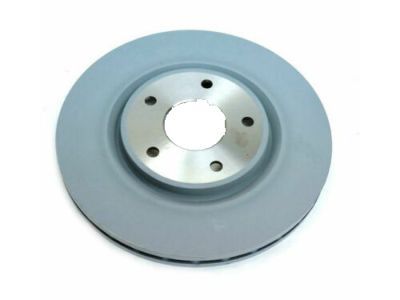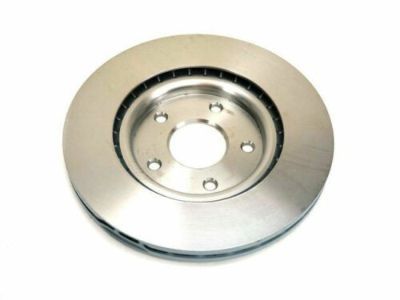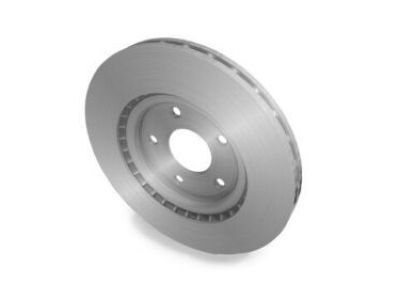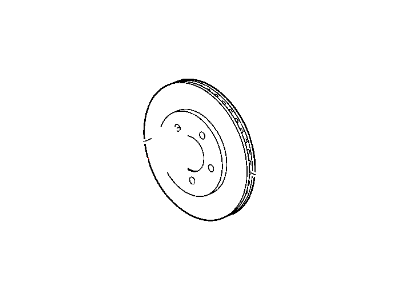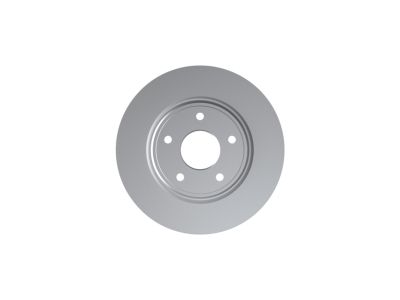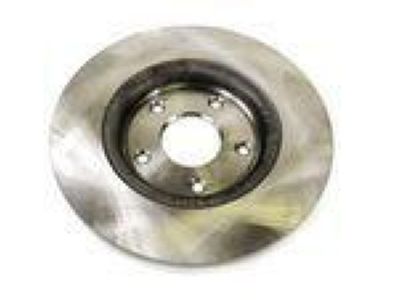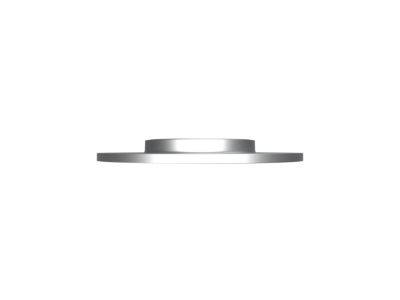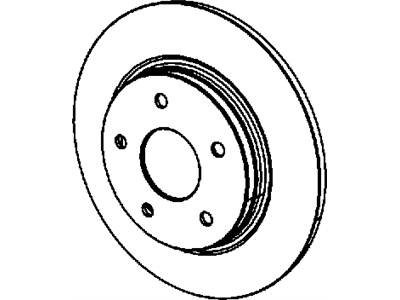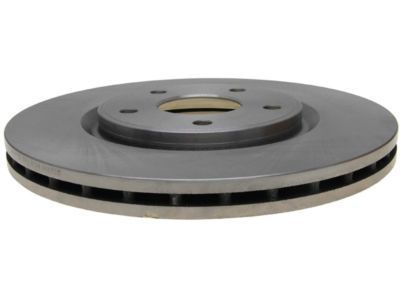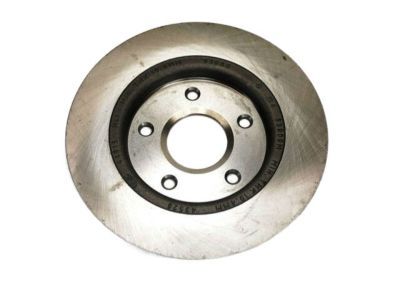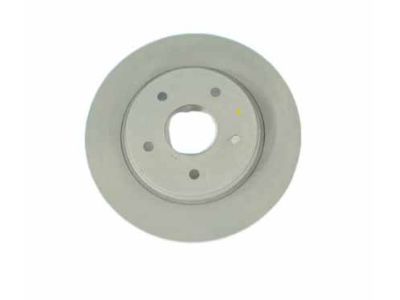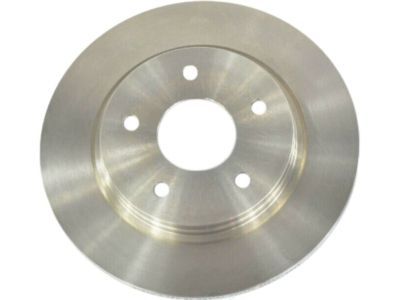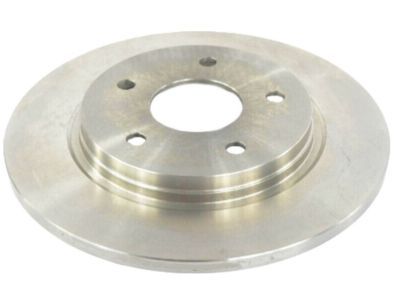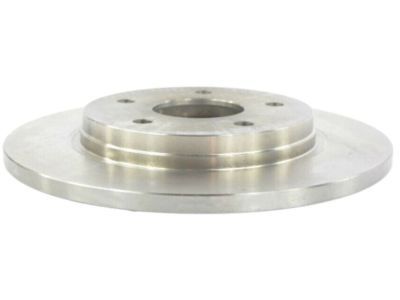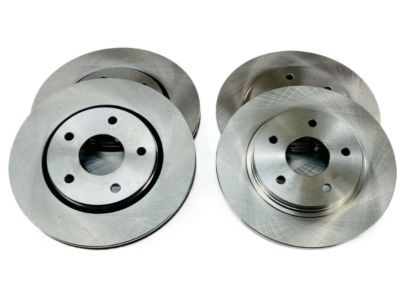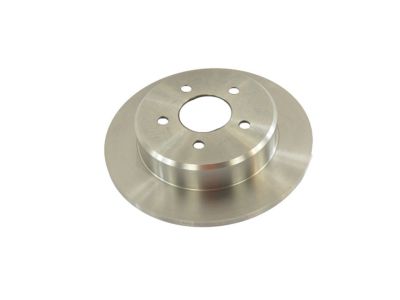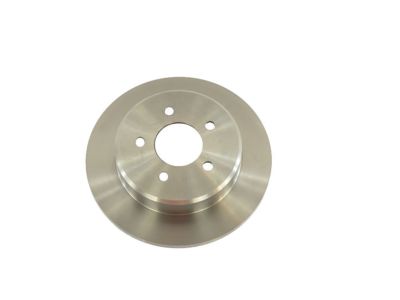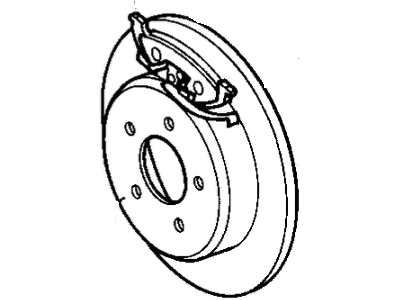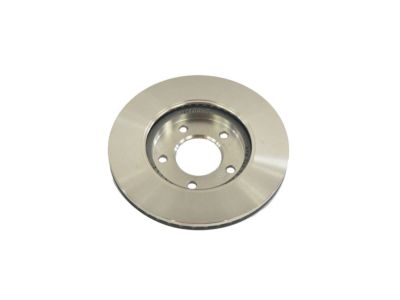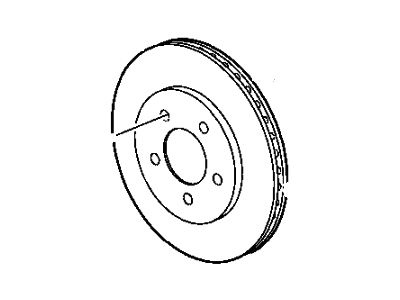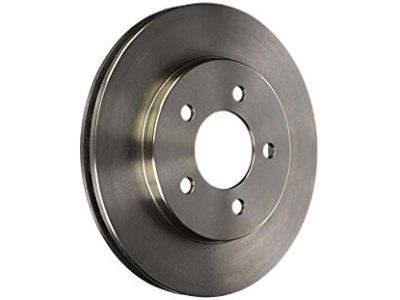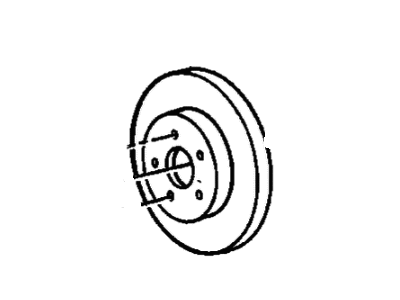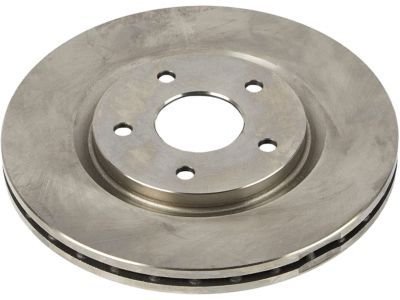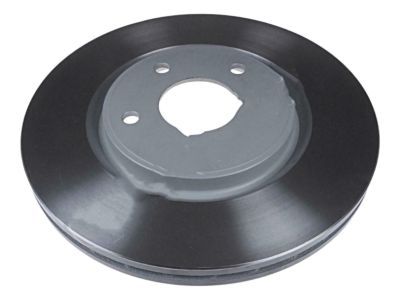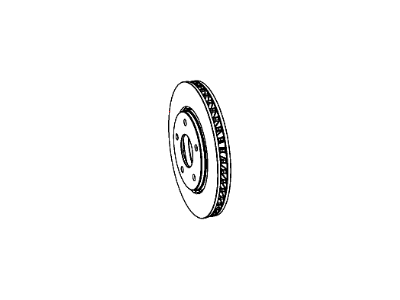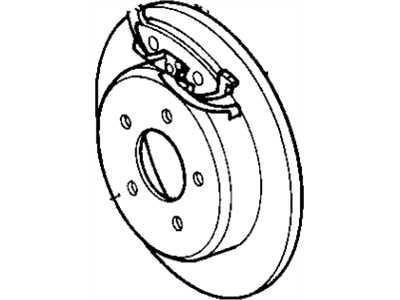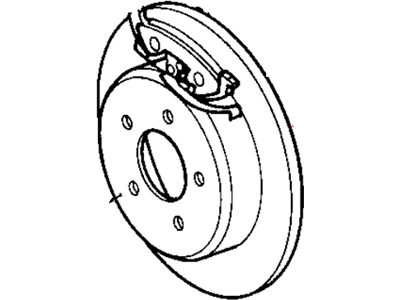
My Garage
My Account
Cart
Genuine Dodge Grand Caravan Brake Disc
Disc Rotor- Select Vehicle by Model
- Select Vehicle by VIN
Select Vehicle by Model
orMake
Model
Year
Select Vehicle by VIN
For the most accurate results, select vehicle by your VIN (Vehicle Identification Number).
48 Brake Discs found



Dodge Grand Caravan Front Brake Rotor
Part Number: 2AMV9712AA$86.85 MSRP: $130.00You Save: $43.15 (34%)
Dodge Grand Caravan Rear Brake Rotor
Part Number: 4721996AB$65.76 MSRP: $97.45You Save: $31.69 (33%)
Dodge Grand Caravan Rear Brake Rotor
Part Number: 2AMV9713AA$50.85 MSRP: $104.00You Save: $53.15 (52%)

Dodge Grand Caravan Rear Brake Rotor
Part Number: 4721677AA$64.38 MSRP: $97.45You Save: $33.07 (34%)
Dodge Grand Caravan Rear Brake Rotor
Part Number: 4721996AA$64.38 MSRP: $97.45You Save: $33.07 (34%)
Dodge Grand Caravan Rear Brake Rotor
Part Number: 4779713AA$87.36 MSRP: $130.00You Save: $42.64 (33%)
Dodge Grand Caravan Rear Disc Brake Rotor
Part Number: 2AMV1023AB$80.35 MSRP: $122.00You Save: $41.65 (35%)
Dodge Grand Caravan Front Disc Brake Rotor
Part Number: 2AMV1819AA$76.18 MSRP: $100.00You Save: $23.82 (24%)

Dodge Grand Caravan Front Brake Rotor
Part Number: 4779712AA$98.91 MSRP: $152.00You Save: $53.09 (35%)
Dodge Grand Caravan Rear Brake Rotor
Part Number: V5011996AB$48.38 MSRP: $105.00You Save: $56.62 (54%)Dodge Grand Caravan Front Disc Brake Rotor
Part Number: 2AMV9981AA$82.02 MSRP: $123.00You Save: $40.98 (34%)Dodge Grand Caravan Front Disc Brake Pad Kit
Part Number: VRS13803AD$127.64 MSRP: $224.00You Save: $96.36 (44%)
| Page 1 of 3 |Next >
1-20 of 48 Results
Dodge Grand Caravan Brake Disc
The Brake Disc of the Dodge Grand Caravan is a vital component of the car's disc brake making it the braking component that necessitates the frictional surface for optimum braking ability. Attached to the axle or the hub, the rotor revolves around with the wheel where hydraulic pressure from the brake calipers squeezes the friction pads onto it, making the vehicle slow or stop. The Dodge Grand Caravan usually comes with cast iron rotors, and they might include some vents to increase the cooling ability especially as you travers the highways moving from one family destination to the other. Various innovations in the style of Brake Disc have been crafted over the years, these being the solid and the vented kind, though the latter is commonly fitted in the front owing to its unique properties in the heat dissipation mechanism. This is due to the fact that abnormal conditions such as scoring, warping and high runout affect the braking capability of the rail. It is therefore important to take time periodically inspect the Brake Disc and in case the disk shows signs of wearing, it has to be replaced as soon as possible in the Dodge Grand Caravan.
Looking for affordable and high-quality auto parts? Then you have already arrived at the proper online shop. We offer all Dodge Grand Caravan Brake Disc at great affordable prices. Moreover, all genuine Dodge Grand Caravan Brake Disc come with a manufacturer's warranty. In the long run, you would realize you have saved a lot of trouble and money with OEM parts from here.
Dodge Grand Caravan Brake Disc Parts Questions & Experts Answers
- Q: How to remove and inspect brake discs on Dodge Grand Caravan?A:Loosen the wheel lug nuts, raise the vehicle and support it securely on jackstands. Remove the wheel and reinstall the lug nuts to hold the disc in place. Remove the Brake Caliper. It's not necessary to disconnect the brake hose. After removing the caliper guide pin(s), suspend the caliper out of the way with a piece of wire. Don't let the caliper hang by the hose and don't stretch or twist the hose. On all except double-pin non-family calipers, remove the outer Brake Pad. Visually inspect the disc surface for scoring and other damage. Light scratches and shallow grooves are normal after use and may not affect brake operation, but deep score marks over 0.015-inch require disc removal and refinishing by an automotive machine shop. Be sure to check both sides of the disc. If pulsating has been noticed during application of the brakes, suspect disc run out. To check disc run out, mount a dial indicator with the stem resting about 1/2-inch from the outer edge of the disc. Set the indicator to zero and turn the disc. If it does, the disc should be refinished by an automotive machine shop. Professionals recommend resurfacing of brake discs regardless of the dial indicator reading. At the very least, if you elect not to have the discs resurfaced, deglaze them with sandpaper or emery cloth. The minimum wear (or discard) thickness is also cast into the inside of the disc. The disc thickness can be checked with a micrometer. Remove the lug nuts you installed to hold the disc in place during inspection. The discs on some models are equipped with retaining washers to prevent them from slipping off while the caliper is removed; if the discs on your vehicle are so equipped, remove the washer with needle-nose pliers and discard it. Slide the disc off the threaded studs. Place the disc in position over the threaded studs. Install the caliper and brake pads. Tighten the caliper guide pin(s). Install the wheel and lug nuts, then lower the vehicle to the ground. Tighten the lug nuts. Depress the brake pedal a few times to bring the brake pads into contact with the disc. Bleeding of the system isn't necessary unless the brake hose was disconnected from the caliper. Check the operation of the brakes carefully before driving the vehicle in traffic.
Related Dodge Grand Caravan Parts
Browse by Year
2020 Brake Disc 2019 Brake Disc 2018 Brake Disc 2017 Brake Disc 2016 Brake Disc 2015 Brake Disc 2014 Brake Disc 2013 Brake Disc 2012 Brake Disc 2011 Brake Disc 2010 Brake Disc 2009 Brake Disc 2008 Brake Disc 2007 Brake Disc 2006 Brake Disc 2005 Brake Disc 2004 Brake Disc 2003 Brake Disc 2002 Brake Disc 2001 Brake Disc 2000 Brake Disc 1999 Brake Disc 1998 Brake Disc 1997 Brake Disc 1996 Brake Disc 1995 Brake Disc 1994 Brake Disc 1993 Brake Disc 1992 Brake Disc 1991 Brake Disc
